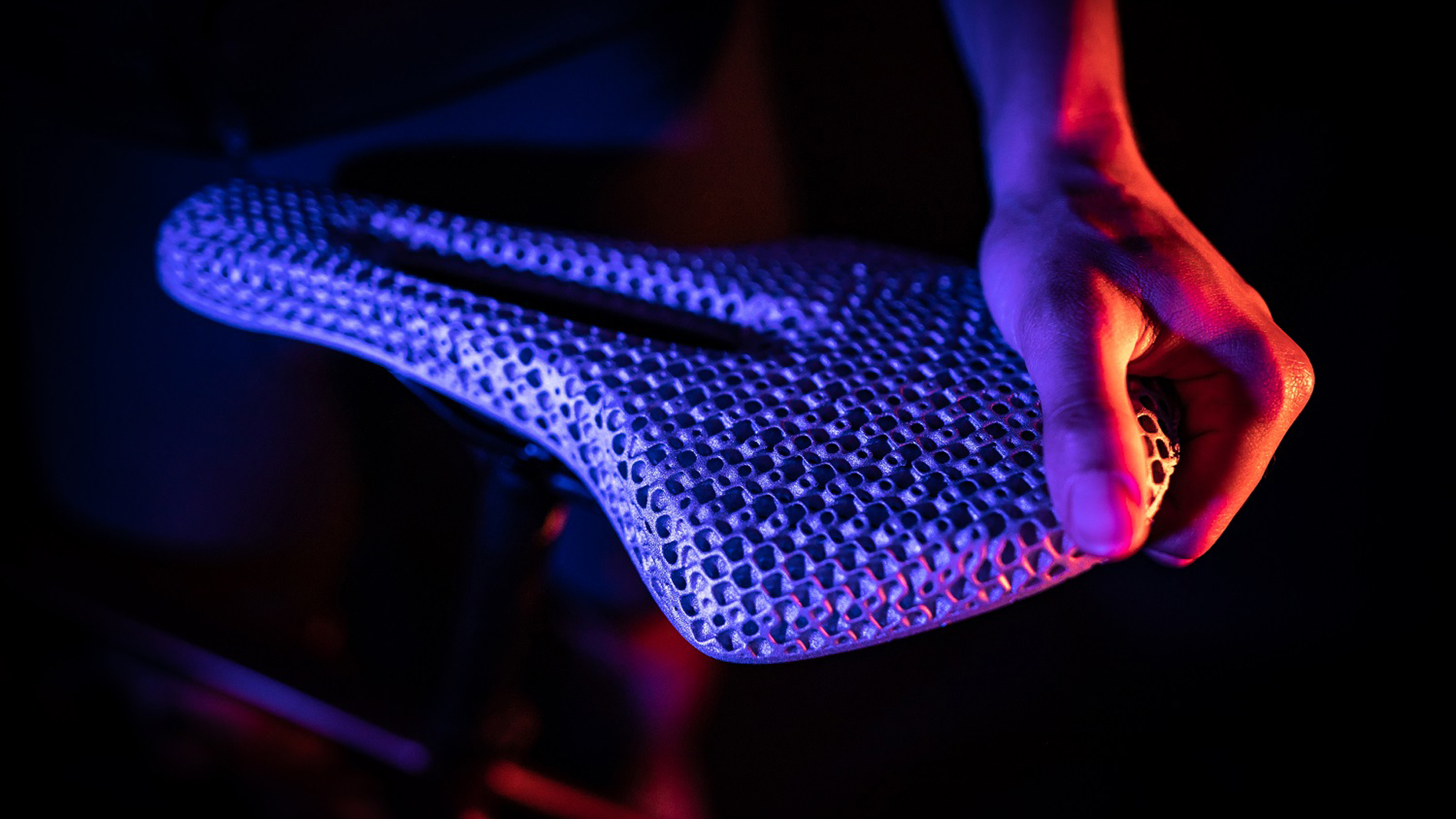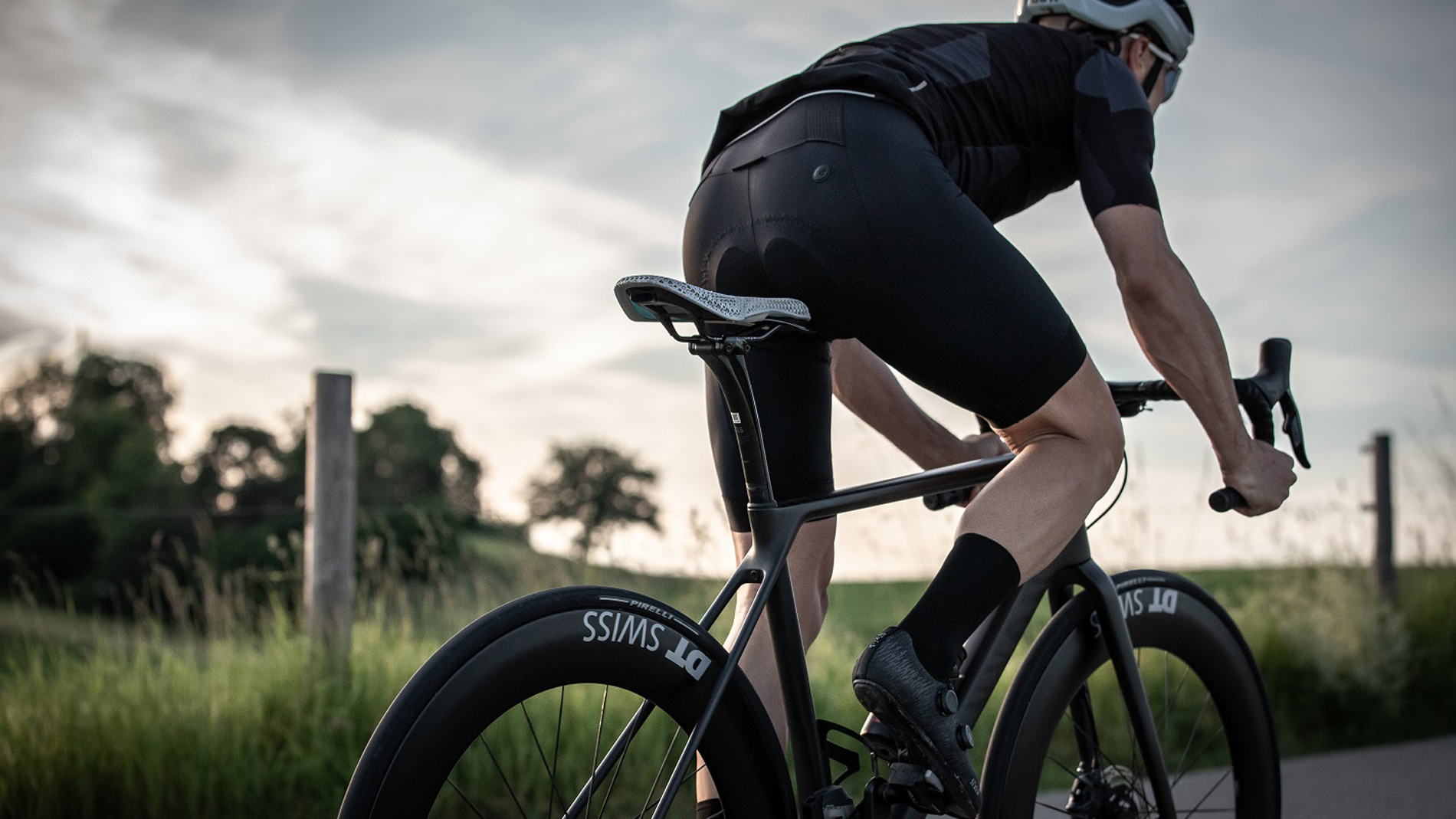
Although 3D-printed bicycle saddles have been on the market for several years, BASF says there has been no scalable workflow for serial customization until now. Along with Hyperganic, Atum3D, and Innovationlab, it has now realized the idea of moving from individual 3D pressure maps to market-ready bicycle saddles in a fully automated workflow.
The starting point of the project was the cyclist's body, which was accurately reproduced using an InnovationLab sensor. The individual structure and the exact pressure intensities of the seat bones were translated into digital information. In order to generate a customized bicycle saddle based on the cyclist's individual data, Hyperganic developed a specific application: Hyperganic Core, which makes it possible to algorithmically generate the fine struts that make up a saddle's grid structures and adapt them individually to the cyclist's sitting bone structure. The geometries, volumes, and lattices are automatically modulated according to the 3D pressure map entered. This automates a process that was previously manual, and therefore time-consuming.



In addition to a variety of lattice designs and different foam structures that suit the sporting demands of the cyclist in question, an aesthetic outer lattice structure can also be individually selected. Performance demands and an individual fit can thus be effortlessly combined.
However, the saddles produced at the end of the algorithmic design process are objects that are so complex and multi-layered that they can only be manufactured additively. For the material, the choice fell on the reactive urethane photopolymer Ultracur3D EL 150 from BASF 3D Printing Solutions. The saddles were produced by atum3D using a DLP Station 5-365 EXZ printer.
FURTHER INFORMATION:
basf.com
BASF 3D Printing Solutions at Formnext 2021:
Hall 12.1, Booth D59
Tags
- Additive Manufacturing
